7 timeless dishware styles and brands to always look out for when thrifting
These dishware brands are highly collectible and can often be found hidden on the shelves of your local thrift store


Thrifting is good for many things. Whether you're on the hunt for new wardrobe staples or need a unique print to spruce up an empty wall, thrift stores are filled with all sorts of pre-loved treasures that can make shopping far cheaper (not to mention far more exciting). I can count on my local branch to stock plenty of vintage china and dishware; there are always shelves of the stuff. However, with such a sheer amount to look through, it pays to know which styles and brands of vintage ceramics are worth looking out for.
On a mission to understand the most collectible vintage dishware styles and brands, I asked interior designers and antique experts who love decorating with vintage for their advice. I received a long list of notable names and makers (some iconic brands I knew and some gems I'd never even heard of) that will make scouting out new pieces for my tableware collection far easier.
Whether you're decorating with vintage ceramics and displaying collectible dishes in a dresser or you're on a bid to find the missing piece to your dinner service, these are the best dishware styles to look out for when thrifting.
1. English creamware
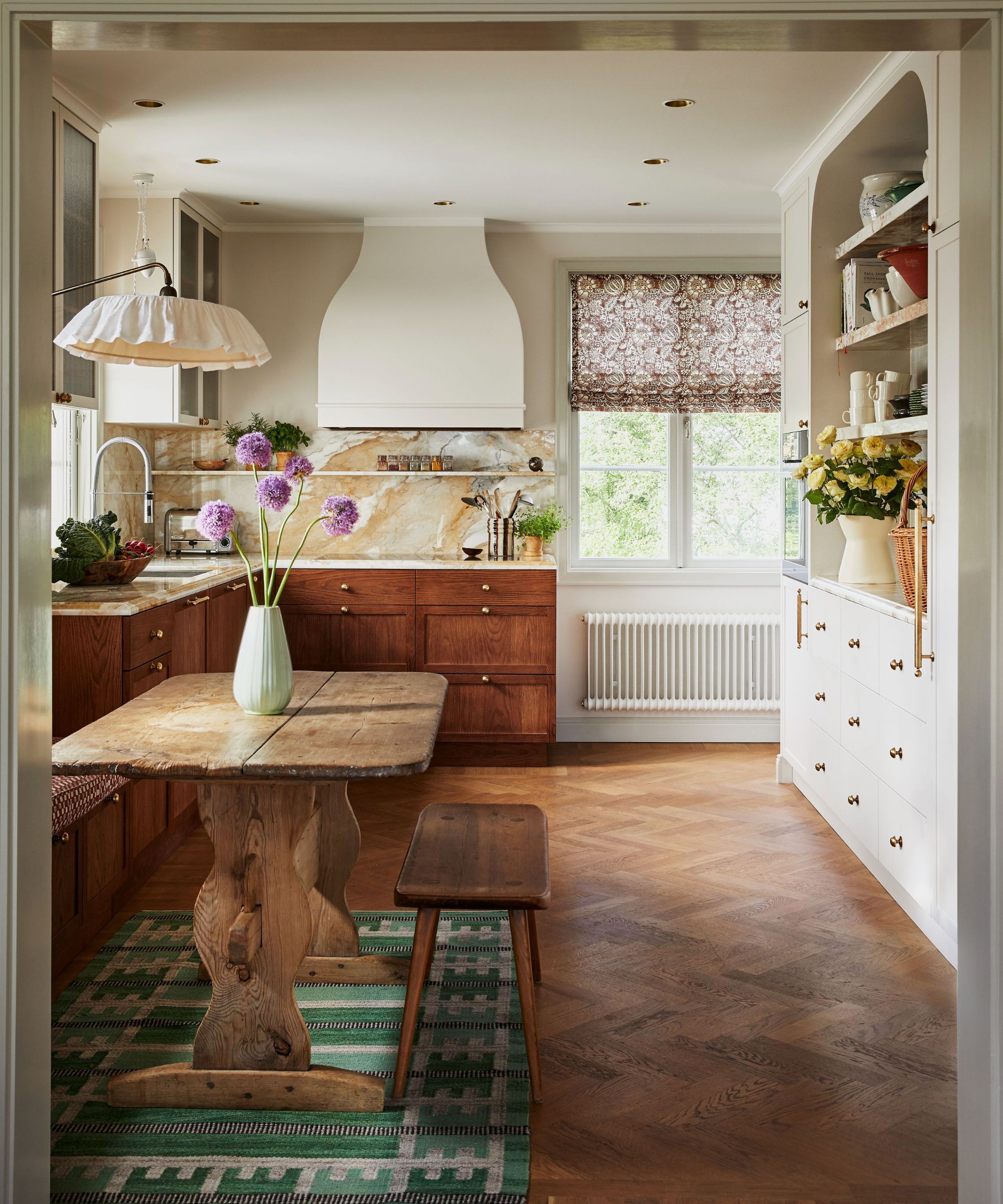
Distinguished by its cream glaze, creamware is a type of earthenware that's been popular since its creation. Due to the long-standing history of English Creamware (dating back as far as the 18th century), there are plenty of styles and variations.
Antique expert and interior designer Benji Lewis explains, 'English creamware is a favorite of mine, the first thing I bought was an early 19th century creamware tankard decorated with hand painted flowers and a ditty that reads A little health, a little wealth, a little house and freedom; and at the end a little friend and little cause to need them.'
Typically, pieces are simple in shape with ornate details, sometimes plain, and sometimes printed with nostalgic scenes or natural motifs. These details can help date your creamware and help you pinpoint it amongst other dishware at the thrift store. If you can't make a trip to your local branch, consider second-hand websites like 1st Dibs or Chairish that stock a wide range of English Creamware styles from various eras.
2. Ridgway china
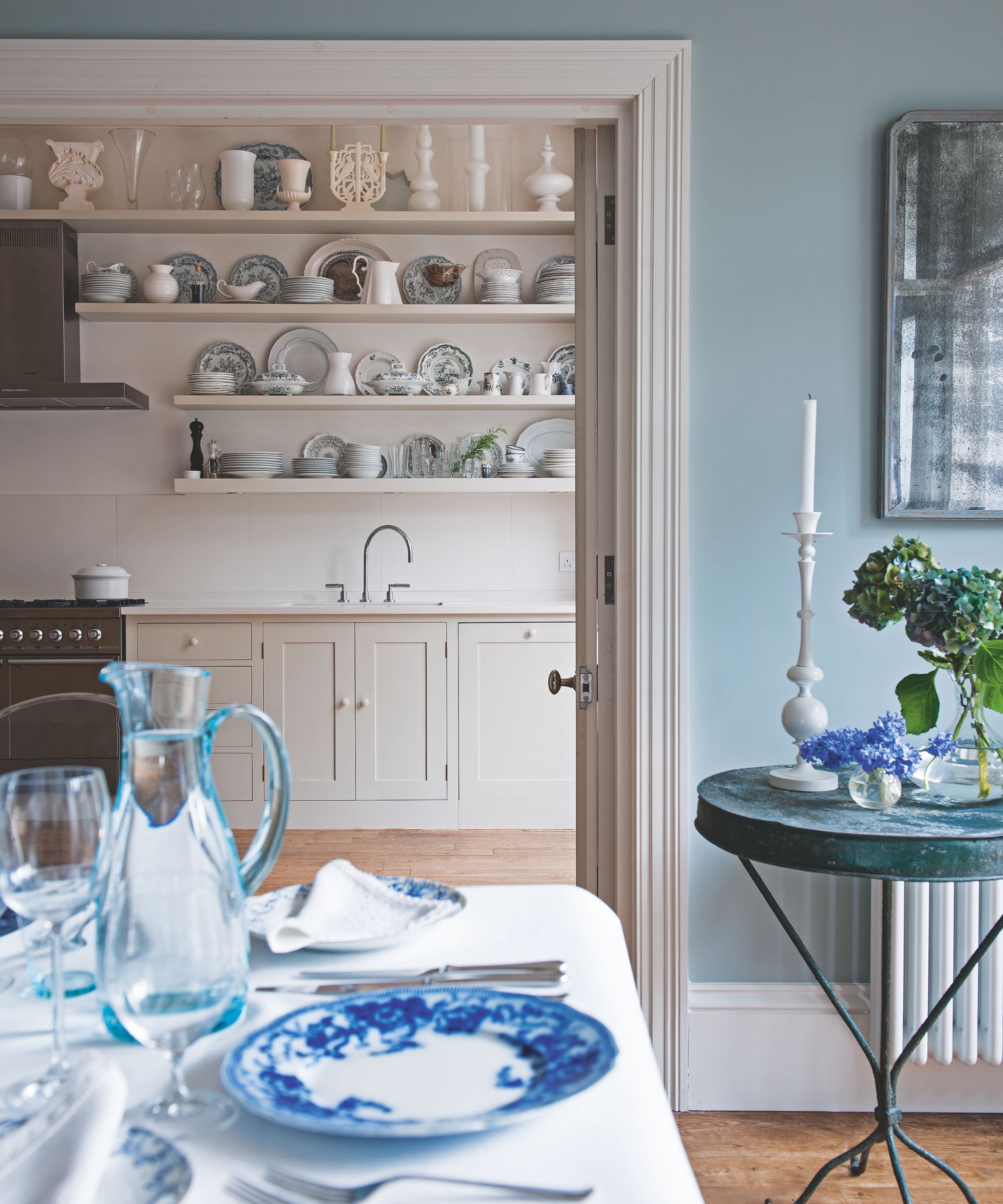
Leaning towards the more ornate style, Benji says another dishware variety he always looks out for at the thrift store is Ridgway china. Despite there being plenty of collections, Ridgway is best known for their 'Beauties of America' series and their Royal Vista ware. Check for the Ridgway backstamp on the bottom of pieces that suggest the manufacturer. Look for 'Fine China' or 'Bone China' to check the quality.
Design expertise in your inbox – from inspiring decorating ideas and beautiful celebrity homes to practical gardening advice and shopping round-ups.
Despite being a collectible ceramic, Benji says not to focus too much on creating a set of pieces. 'When I shop for ornamental plates or dishes whilst I might start off looking only for items by Ridgway if I find a plate (or dish or tankard) made by somebody else but in colors that go with my Ridgway pieces then I’ll buy it; at the moment I’m particularly drawn to 19th century English ceramics in white with lilac, orange and gold decoration.'
Decorating with antiques means embracing all ages and styles. Don't be put off if you only find one piece of Ridgway china instead of a full set. Benji adds, 'I think the thing with a thrifted dinner service is not to get too hung up on the importance of having a whole intact set, breakages are bound to have happened over time, particularly if you’re determined to find something old. Character is what old ceramics provide, and they do it in abundance.'
3. Imari and Kutani ware

Straying entirely from traditional English dishware, another popular ceramic variety is the highly collectible Imari and Kutani ware that can often be found in thrift stores and flea markets. Characterized by vibrant colors and ornate gold detailing, both of these Japanese porcelain styles are stunningly delicate and examples of truly lasting design.
Imari ware often features deep reds and blues on a white background, whereas Kutani ware is more varied and incorporates dark turquoise, yellow, and purples. You'll find a red hand-painted mark near the foot or base of a Kutani bowl or plate, whereas Imari pieces are harder to identify as they're usually unmarked.
Interior designer Sarah Robertson from Studio Dearborn said, 'After selling my entire collection a decade ago, I'm dipping back into Japanese Imari and Kutani. They are ceramic decorative pieces, especially bowls, that I can both use and display. I was excited to find a very large Meiji Period Kutani "shoza style" bowl in Kyoto with a metal staple repair, adding to its charm and imperfection at a very good price. I'm excited to bring it home, along with several other Imari pieces, in a very packed suitcase!'
4. Haviland & Co.
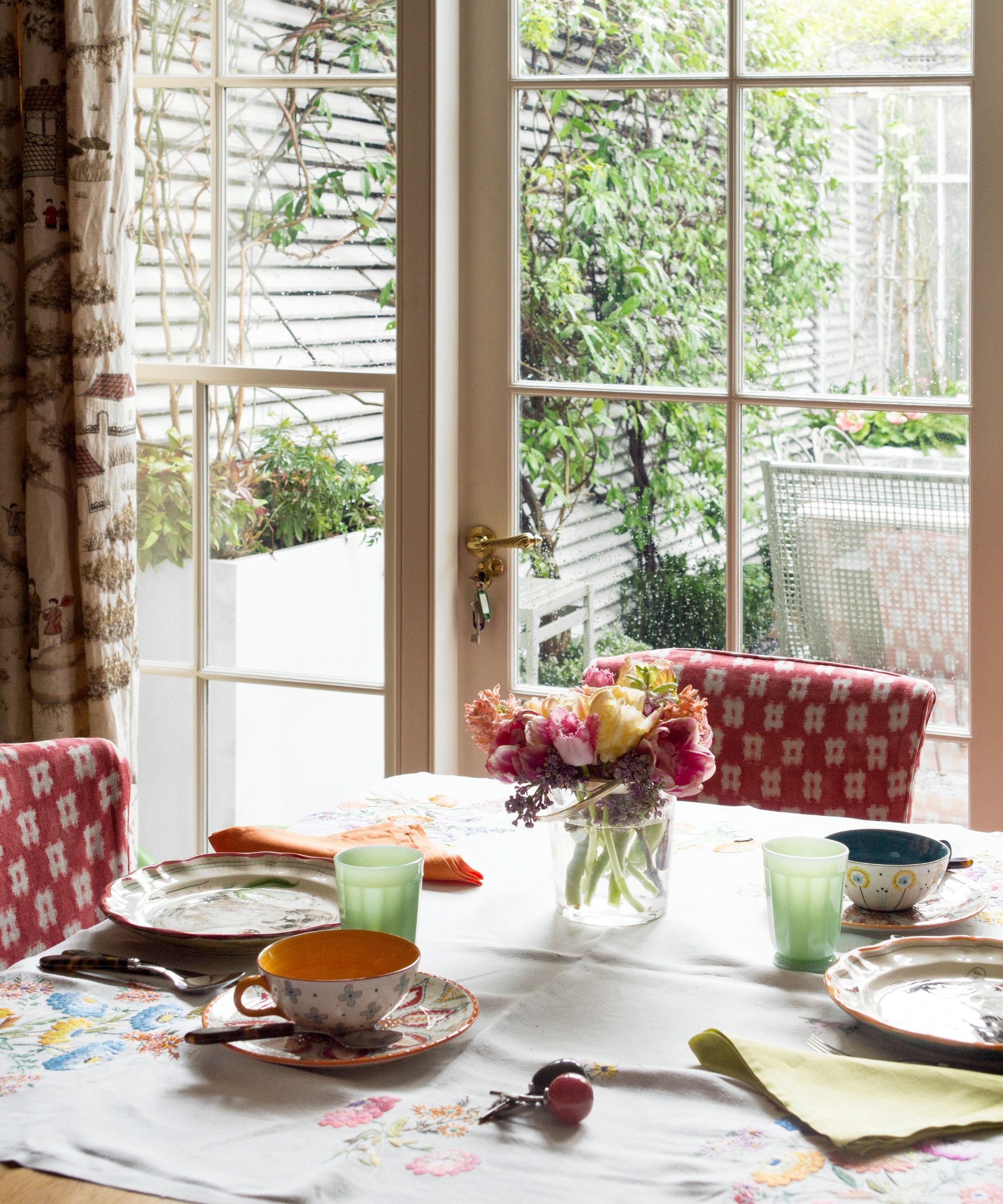
If you like displaying china, you may want to consider adding some Haviland porcelain to your collection. Haviland & Co. manufactures French-style Limoges china, which is often ornate and covered in disty floral motifs.
Rachel Kennedy is a thrifting expert. She says, 'The brand I consistently look out for and that I think brings the best value and quality is Haviland (A French brand with timeless floral patterns that my mother also collects). Haviland is no longer made new, but you can find pieces that run anywhere from $9 to $225 thrifted. Prices will always vary depending on the pattern, condition, type, and size of the piece, etc.'
It's not just Rachel who suggested Limoges should be on your radar when you're thrifting. Lenny from Lenny Mac Interiors said, 'Limoges is in a whole other world... delicate, often hand-painted, and French. Most pieces will have two stamps underneath. That usually means they were decorated after production, and those are the special ones. I found a set once with tiny pink roses and worn gold trim, and honestly, I regret not buying it.'
5. Noritake
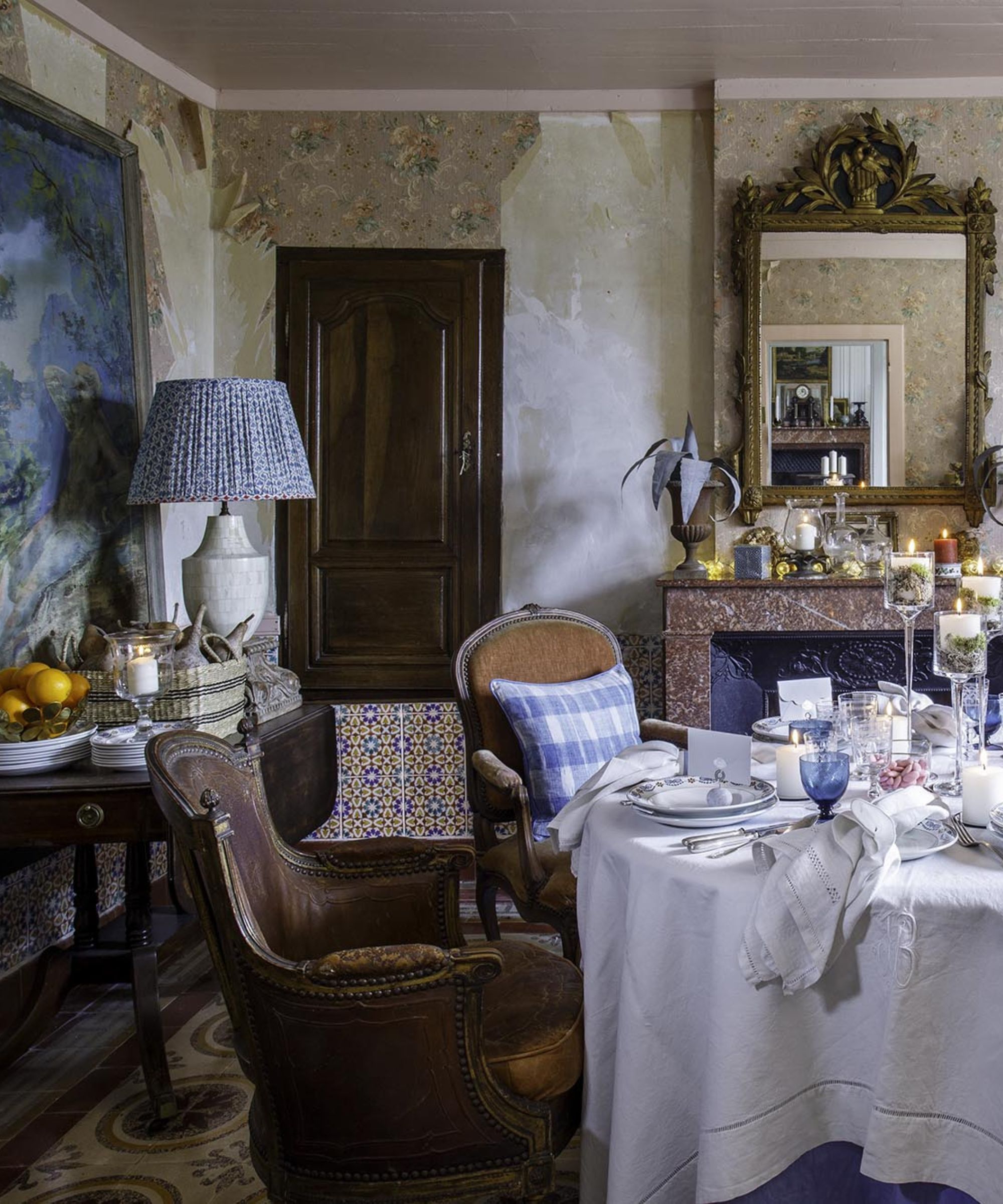
Another style Rachel always looks out for is 1950s Noritake ceramics (A Japanese brand that has patterns for every type of personal taste). A thrifted item that will transform a living room or any space you put it in, Noritake dishes come in many styles. Rachel says, 'Prices for a new Noritake 24-piece set will cost about $480+. I have personally seen Noritake thrifted and vintage run anywhere from $4 per piece to $59 per piece.'
Rachel says, 'Serving my family and friends food from vintage dishware makes me feel a whole other level of confidence as a hostess. Using the pieces I've sourced while thrift or vintage shopping somehow makes me feel that even the most simple meal is more special, delicious, and memorable! Over the years, I've favored different patterns and styles, but the brands I always look out for are ones I know will continue to last for generations to come.'
If your thrift store doesn't have any Noritake dishware, sites like eBay make hunting down specific styles and sizes far easier.
6. Spode

Spode is one of the most well-known vintage dishware brands. They are known for many styles and collections, but the infamous Blue Italian pattern is instantly recognizable and is collected by homemakers across the globe. Due to Spode's wide-scale manufacturing (which continues to this day), it's not hard to find plates, bowls, and other serveware in thrift stores across the country.
You can decorate with blue and white by collecting pieces from the Blue Italian collection, or opt for other highly collectible styles such as the India Tree or the Fleur de Lys varieties. Lenny says, 'The usual suspects pop up often. Spode is one of them. People love the Blue Italian pattern. I do too. It’s easy to spot, and it just works. But sometimes you’ll find older Spode under different names – look for markings like Copeland & Garrett.'
If thrifting isn't your thing and you'd rather browse pieces online, stores like Macy's stock Spode, meaning you can find the exact missing piece for your collection.
7. Red Wing Pottery
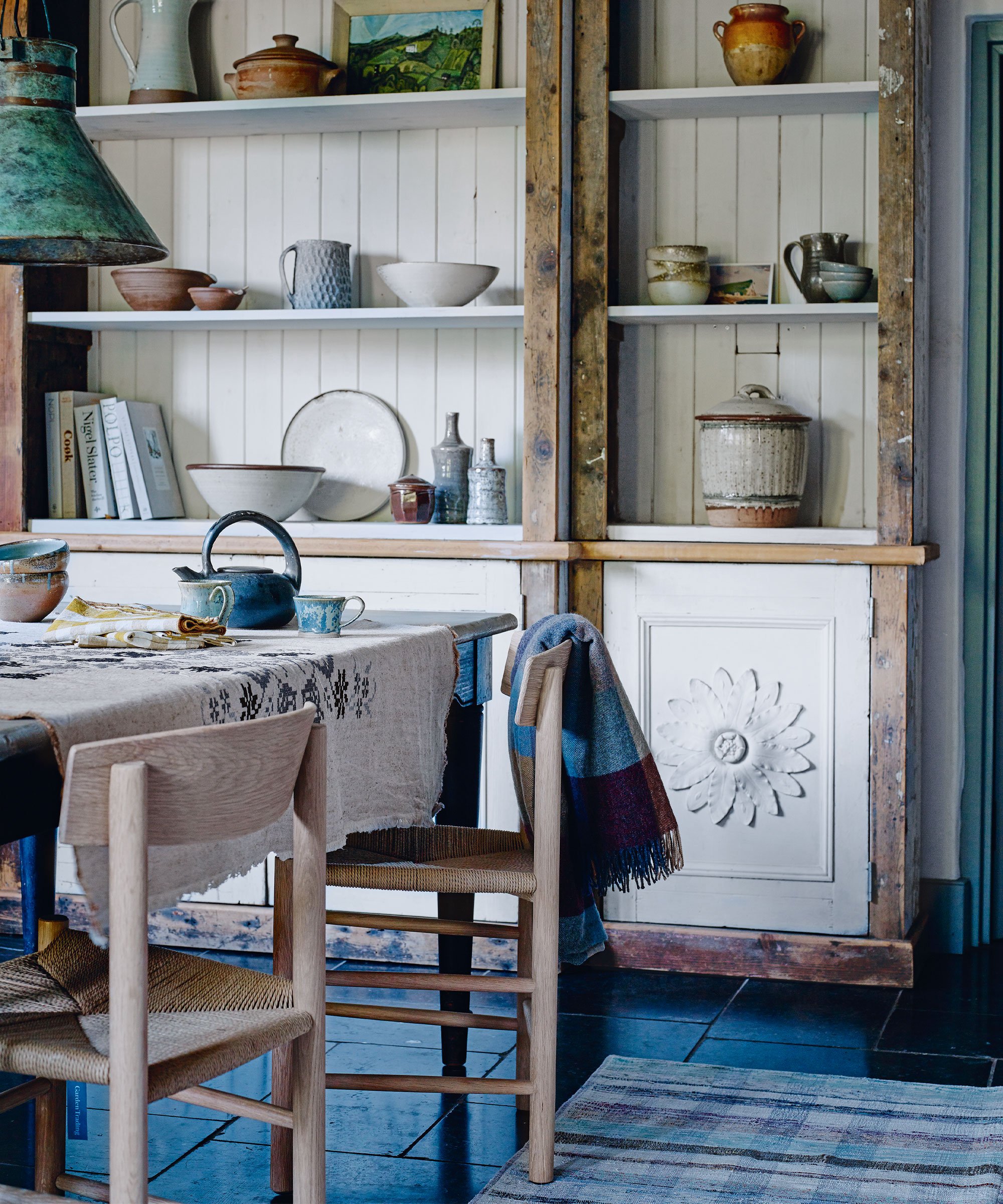
Red Wing is an American stoneware and pottery maker best known for its rustic salt-glazed crocks. You can typically identify pieces by the company due to their manufacturing stamp (inked) on the exterior of a dish or pot, or for earlier pieces, a metal-stamped logo on the base.
Jane Shapiro runs a vintage store called Mothership Thrift and Vintage. She explains 'When I'm sourcing for my store, I always keep an eye out for mid-century Red Wing Pottery. While there are many dishware sets that call for high price points, the makers that interest me the most are the ones that have good design and a good resale market.'
She goes on to say, 'I find this to be the case specifically with Red Wing Pottery's Town and Country line. These glazed earthenware ceramics were made in the 1950s and designed by Eva Zeisel. They have a distinctive mid-century modern style. The collection features nine unique glaze colors that are made to be mixed and matched.'
'Larger pieces can be identified by the "Red Wing" debossed mark on the bottom of the ceramics, while smaller items may not have this identifier and will require a bit of research to see if the glaze color and shape are part of the Town and Country catalogue. While I personally love the design and palette, I also find it sells quickly in my shop because it appeals to Red Wing Pottery collectors as well as mid-century modern enthusiasts. The pieces are meant to be mixed and matched, which makes individual items hold their value better than dishware sets that require completeness.'
There are things you should never buy from a thrift store, but collectible vintage dishware isn't one of them. Keep these styles and makers at the forefront of your mind next time you're vintage shopping, as you never know what untouched treasure you might find!

I am the Interior Design News Editor at Homes and Gardens, covering mainly US-based designers and trending news stories. My love for interiors began when I interned in an interior design studio, working on commercial and private spaces. My passion grew while working in production, where I sourced beautiful locations for photoshoots and campaigns. Outside of work, I enjoy collecting antique decor and mid-century furniture for my home.